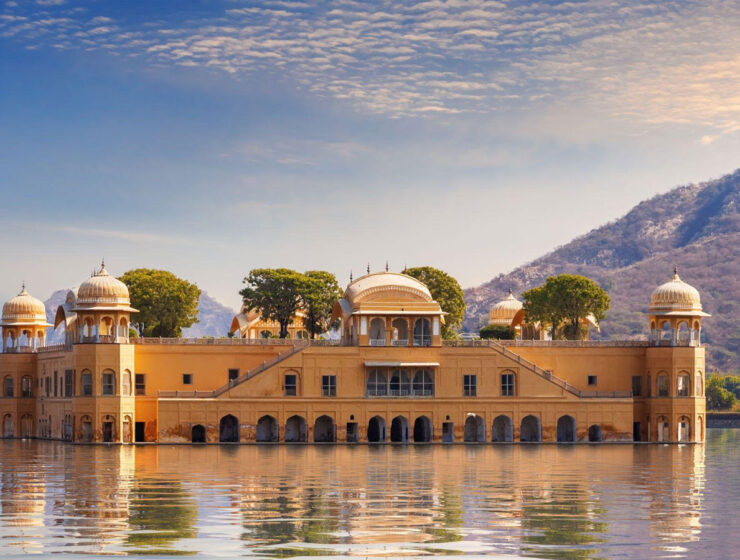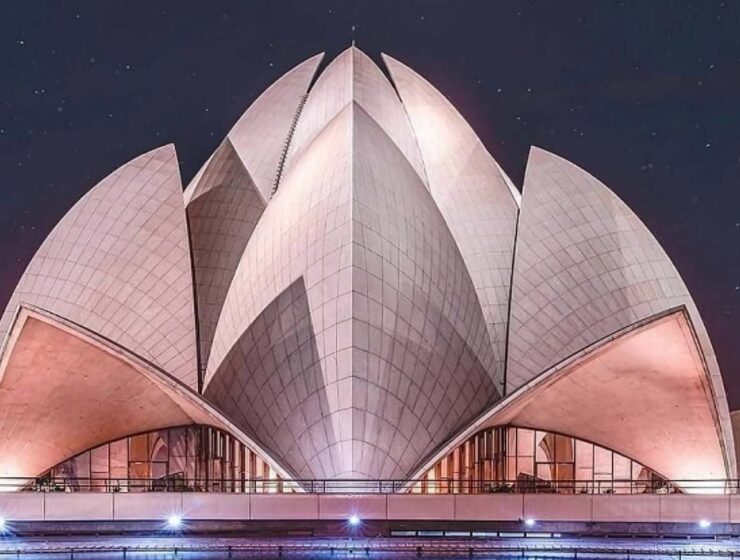Discover Agra: Beyond the Taj Mahal
Agra, a city steeped in history and grandeur, is best known for its iconic monument, the Taj Mahal. But beyond this architectural marvel, Agra offers a rich tapestry of experiences, from its vibrant culture to its historical treasures. If you’re planning a trip or just curious about this fascinating city, here’s a guide to help you explore Agra beyond the Taj Mahal.
1. The Taj Mahal: A Timeless Wonder
No visit to Agra is complete without seeing the Taj Mahal. This UNESCO World Heritage Site is often referred to as the “Crown Jewel of India” and for good reason. Built by Emperor Shah Jahan in memory of his beloved wife Mumtaz Mahal, the Taj Mahal is an architectural masterpiece of white marble, adorned with intricate carvings and gemstones. To avoid the crowds, consider visiting early in the morning or later in the afternoon. The changing light at different times of the day offers unique photo opportunities and a tranquil atmosphere.
2. Agra Fort: A Majestic Red Fortification
Just a short distance from the Taj Mahal, Agra Fort stands as a testament to Mughal power and architecture. This massive red sandstone fortress was the main residence of the Mughal emperors until the capital was moved to Delhi. Wander through its grand halls, including the Diwan-i-Am (Hall of Public Audience) and the Diwan-i-Khas (Hall of Private Audience), and take in stunning views of the Taj Mahal from the fort’s balconies. The fort’s intricate designs and historical significance make it a must-visit for history enthusiasts.
3. Tomb of Itimad-ud-Daulah: The Baby Taj
Often overshadowed by its more famous counterpart, the Tomb of Itimad-ud-Daulah, also known as the Baby Taj, is a gem in its own right. This tomb is the final resting place of Mirza Ghiyas Beg, a Mughal official and father of Empress Nur Jahan. The mausoleum, with its delicate marble inlay work and intricate lattice screens, served as a precursor to the Taj Mahal and is a fine example of Mughal artistry.
4. Mehtab Bagh: A Serene Sunset Spot
For a different perspective of the Taj Mahal, head to Mehtab Bagh, a lush garden located across the Yamuna River. This spot offers one of the best views of the Taj Mahal, especially during sunset. The garden was originally laid out by Emperor Shah Jahan as a place to admire his masterpiece. Today, it’s a tranquil place to relax and capture some stunning photographs of the Taj Mahal against the backdrop of a setting sun.
5. Sikandra: The Tomb of Akbar
Sikandra, the mausoleum of Emperor Akbar, is another significant site worth visiting. Located on the outskirts of Agra, this grand tomb complex is set within a sprawling garden and features a blend of Hindu, Islamic, and Persian architectural styles. Akbar’s tomb is renowned for its intricate carvings and the serene ambiance of its gardens.
6. Local Markets: A Feast for the Senses
Agra’s local markets are vibrant and bustling, offering everything from handicrafts to street food. Head to Sadar Bazaar for a mix of traditional and contemporary goods. Here, you can find beautiful marble inlay items, leather products, and souvenirs. For food enthusiasts, the street food in Agra is a treat. Try local delicacies like petha (a sweet made from pumpkin) and chaat (spicy snack).
7. Fatehpur Sikri: A Day Trip from Agra
A short drive from Agra, Fatehpur Sikri is a well-preserved city founded by Emperor Akbar in the late 16th century. This UNESCO World Heritage Site was briefly the capital of the Mughal Empire before it was abandoned due to water scarcity. The city is known for its impressive palaces, mosques, and tombs, including the grand Jama Masjid and the stunning Buland Darwaza (Great Gate). Exploring Fatehpur Sikri offers a fascinating glimpse into Mughal urban planning and architecture.
8. The Mughal Cuisine: A Culinary Journey
Agra’s cuisine reflects its Mughal heritage. Don’t miss out on trying some traditional Mughlai dishes such as biryani, kebabs, and korma. Local eateries and fine dining restaurants in Agra serve up these rich and flavorful dishes. Look out for restaurants that offer a view of the Taj Mahal for a memorable dining experience.
9. Wildlife and Nature: Explore Agra’s Natural Side
For those interested in nature and wildlife, the nearby Keoladeo National Park, also known as Bharatpur Bird Sanctuary, is a haven for bird watchers. This UNESCO World Heritage Site is home to a variety of bird species and is a peaceful retreat from the city’s hustle and bustle. It’s a great spot for a day trip if you’re looking to experience India’s natural beauty.
10. Experience Agra’s Festivals and Culture
Agra is vibrant with cultural festivities throughout the year. Festivals such as Diwali, Holi, and Eid are celebrated with great enthusiasm, showcasing local traditions and customs. If your visit coincides with one of these festivals, you’ll get a chance to experience Agra’s cultural richness and community spirit.
Conclusion
Agra is much more than the Taj Mahal. Its historical sites, vibrant markets, and rich cultural heritage make it a destination worth exploring in depth. Whether you’re a history buff, a culture enthusiast, or a casual traveler, Agra offers a variety of experiences that promise to leave a lasting impression. So, the next time you find yourself in this timeless city, take the time to discover all that Agra has to offer beyond its most famous landmark.






